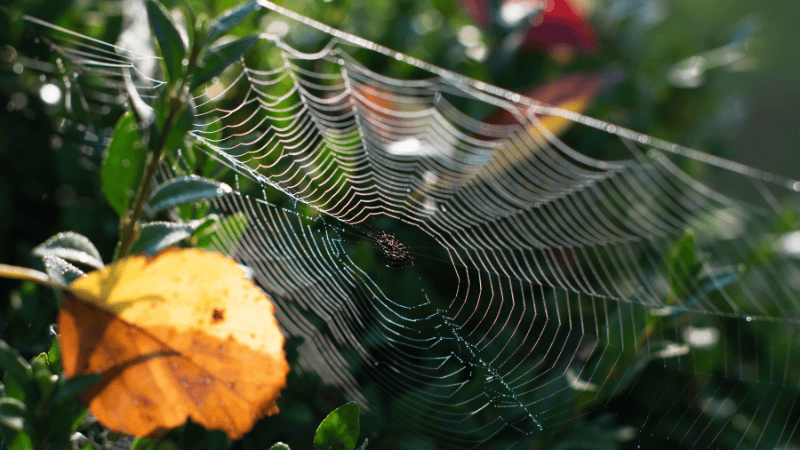The Ultimate Guide [2021] For Identifying Termite Damage In New England
Termite infestations and damage can be well hidden, but also extremely costly. The Environmental Protection Agency (EPA) estimates that every year termites cause billions of dollars in structural damage, and property owners spend over two billion dollars to treat/repair damage done by Termites. The first step in avoiding becoming one of these devastating statistics is to prevent termites from becoming a problem in your home. Short of that, homeowners should at least have the knowledge of how to spot termite damage in order to treat as soon as possible, thus cutting back on potential damage. Here is a quick guide to help you stop termite damage in its tracks.
8 Ways To Spot Termite Damage In Your Home
Most homeowners are not even aware that they have termites until they see a swarm or notice warping floorboards or weakened joists during construction. Here are just a few of the red flags that may alert homeowners that they have a termite problem.
1.) Termite Shelter Tubes
These tubes are used for transport and to shelter food. You may notice them on the walls and foundation of your home.
2.) Subterranean Tunnels
These tunnels are usually 20 centimeters deep and allow the termites to carry food to the other members of the colony.
3.) Blowholes in Trees
Homeowners may notice slits or openings in the trunk of trees where termites are nesting.
4.) Earthen Packing
Termites that are hollowing out wood often produce a mud packing at the surface.
5.) Termite Noises and Wood Excavation
Audible tapping may be heard in large infestations.
6.) Piles of Termite Frass (droppings) In or Around the Home.
7.) Presence of Flying Insects & Discarded Wings
These wings may be in piles on your basement floor or around wooden structures.
8.) Sagging floors and Hollow Wood
During repairs, renovations, or construction, homeowners many times come across floors that are damaged or wood that is hollowed out due to termites.
Statistics About Termite Damage
In studying termites, biology and behavior, experts have calculated termite statistics that help pest control technicians understand the amount of damage a termite colony can inflict in a certain period of time. Termite stats can be alarming but as they say, An ounce of prevention is worth a pound of cure.
Termite Damage Statistics
- Termites damage approximately 600,000 homes in the U.S. each year.
- U.S. residents spend an estimated $5 billion annually to control termites and repair termite damage.
- According to the United States Department of Agriculture (USDA), U.S. residents spend at least $1 billion on Formosan termite control and repairs each year. Some experts estimate the number is closer to $2 billion.
- Scientists believe that most termite species eat 2 or 3 percent of their body weight each day.
- The estimated number of active termite species alive on the planet is 2,500!
- A single termite queen can lay 30,000 eggs in a day if conditions are right.
- Subterranean termites have been detected in 49 states. Alaska is the only exception.
- An active and healthy termite queen can live 25 years. (That is a lot of years of reproducing!)
- A termite colony eats�24 hours a day � they never stop!
- 5,000,000: How many termites can live in a single subterranean colony.
When Do You Need To Take Action?
Many homeowners are not sure where to go or what to do about termites. They question how much damage was done, or whether the pests are still active. It is always best to get a professional to evaluate the extent of damage and treat for termites. Take action as soon as you suspect you have a termite infestation. Call Pest-End Exterminators at 1-800-287-4321, 603-382-9644, or 978-794-4321 to have your home or property inspected and treated for these small but damaging pests!



